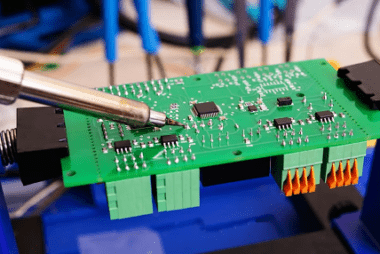Advance Course AIIMS-SYLLABUS Physics syllabus Reflection of light
Reflection of light Reflection of light refers to the bouncing back of light when it encounters a surface. It follows the law of reflection, which states that the angle of incidence is equal to the angle of reflection, with both angles measured with respect to the normal (a line perpendicular to the surface at the…









